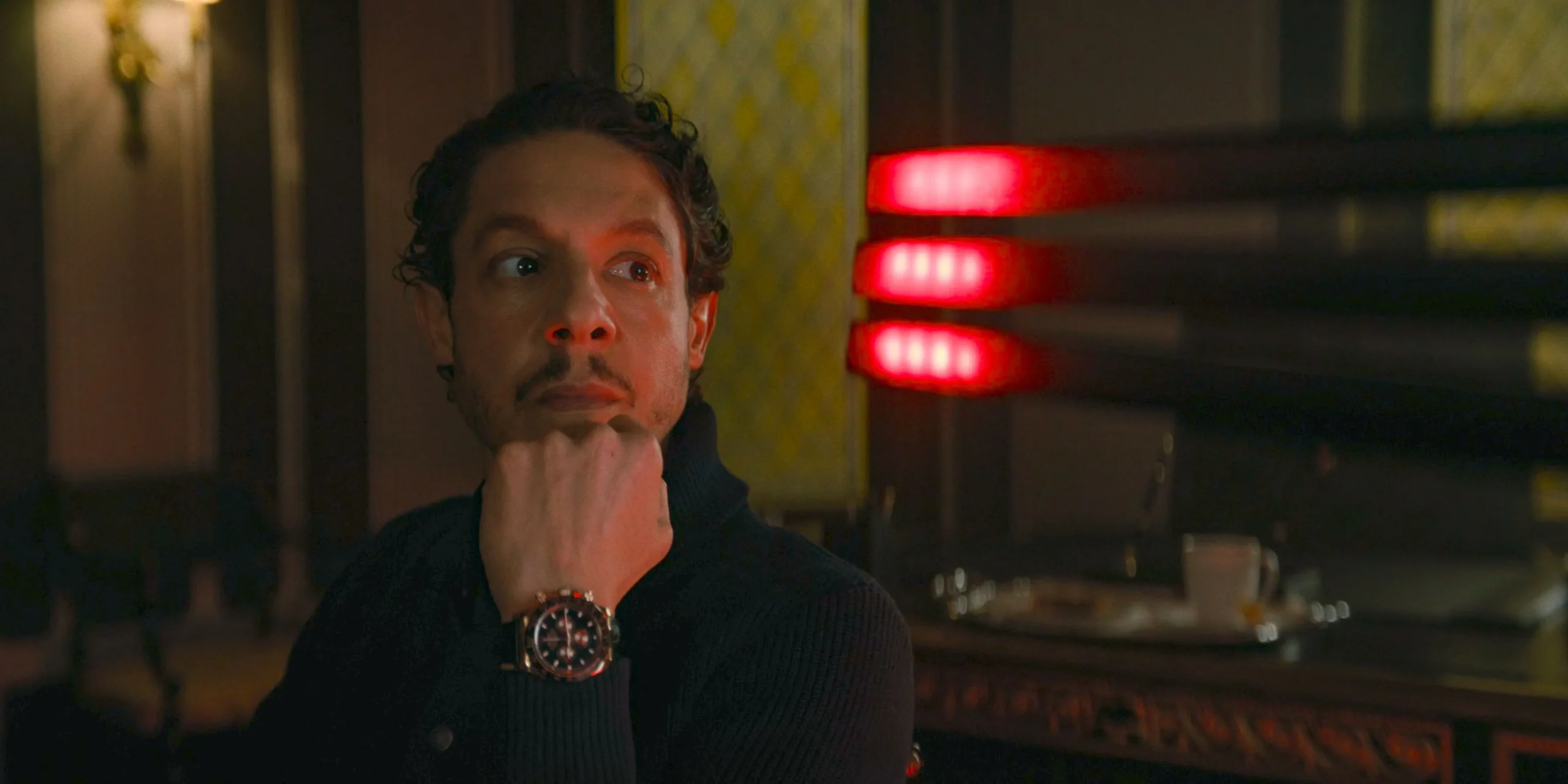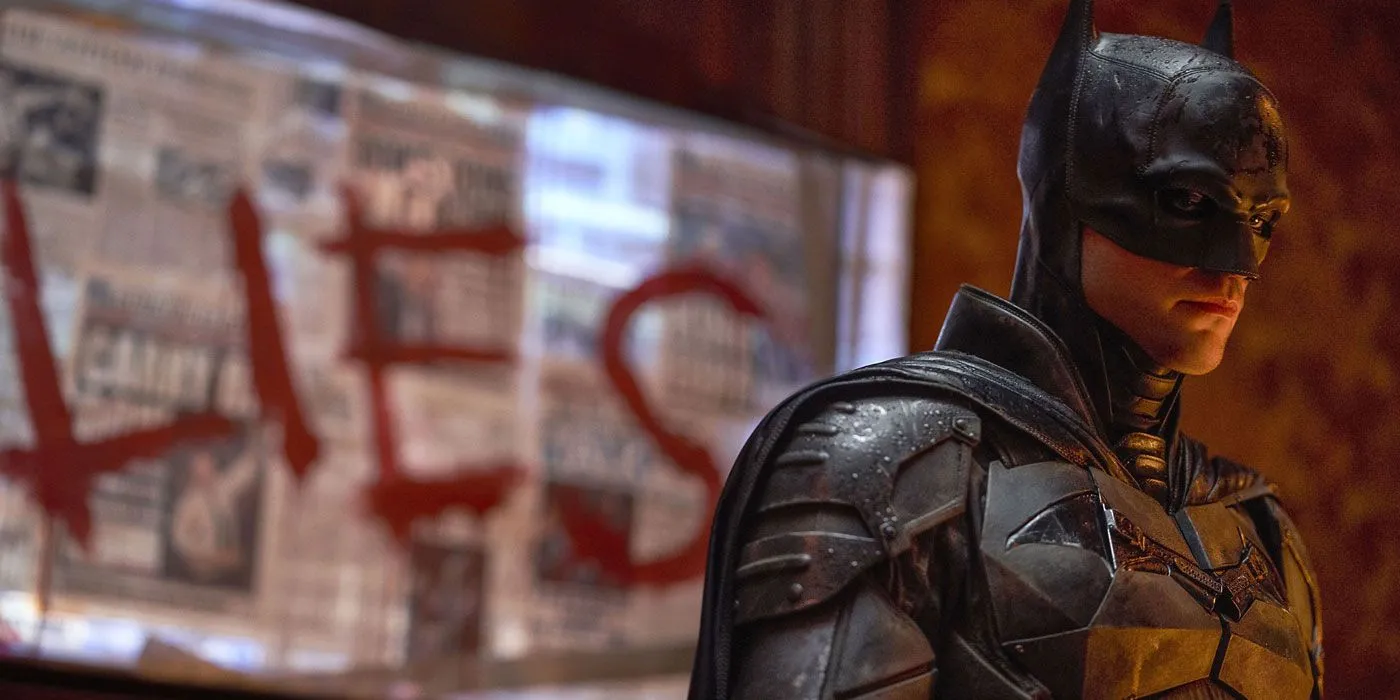
The Penguin has emerged as a pivotal figure in the ongoing saga of Gotham’s underbelly, potentially tipping the scales in favor of DC’s notorious villains against Robert Pattinson’s portrayal of the Dark Knight. While The Batman offered a captivating exploration of a reimagined Gotham and the moral complexities faced by its hero, the implications of its conclusion – particularly regarding The Penguin – may pose unprecedented challenges for Batman in the anticipated The Batman – Part II.
The finale not only solidifies Oswald Cobblepot’s ascent as a formidable player within Gotham’s criminal hierarchy, but it also hints at complications that could further undermine Batman’s mission. Significantly, the narrative suggests that a particularly dangerous adversary, reminiscent of the classic character Scarecrow, may have already been introduced into this evolving universe.
The Penguin’s Intriguing Scarecrow Connection





Throughout its run, The Penguin subtly introduces the character of Julian Rush, Sofia’s therapist, as a potential counterpart to Scarecrow in the Batman universe. Rush, portrayed as an Arkham psychologist with dubious ethics and a morbid curiosity for trauma, has moments in the series that evoke strong Scarecrow imagery. For instance, a pivotal scene in episode 4 showcases his office adorned with items reminiscent of Scarecrow’s iconic fear-inducing equipment, including a needle-laden glove.
Although Kalina Ivanov, the production designer for The Penguin, noted that these props were meant to be “left open to interpretation,” she also ascribed the glove’s origins to Bali, suggesting it might not confirm Rush as a hidden villain outright. Yet, these intriguing hints maintain the potential for future narratives where Rush could evolve into a true embodiment of fear, paralleling Scarecrow’s legacy.
As we consider the character’s development, The Penguin’s conclusion hints at a villainous trajectory for Julian Rush. His complexities, including his affection for Sofia Gigante and his deep dives into the psychological histories of individuals like Francis Cobb, could very well awaken an exploration into the darker aspects of fear itself that Scarecrow epitomizes. If this hypothesis holds, Rush could serve as Batman’s formidable psychological adversary.
The Dangers of Batman’s Own Fear





The Batman poignantly lays bare Bruce Wayne’s traumatic psyche right from the start. His unresolved fear and guilt stemming from his parents’ murder drive him to become a vigilante, enabling him to accomplish extraordinary feats. However, this very trauma also renders him vulnerable to those who can manipulate his fears.
With Rush showcasing a proficiency for exploiting emotional pain—demonstrated when he compels Francis Cobb to confront her deepest fears—he could pose a significant threat to Batman, who remains entangled in his own emotional struggles. Bruce’s gradual realization of the shortcomings of his vengeance-driven approach to crime-fighting has placed him in a precarious state.
Director Matt Reeves has indicated that Batman is grappling with intense internal conflicts in the upcoming The Batman – Part II, stating that Bruce finds it “very hard to be Batman,” as he processes the consequences of his actions. This narrative context could allow a character like Scarecrow to thrive, capitalizing on Batman’s vulnerabilities, creating an intriguing foundation for the next chapter in this saga.




Leave a Reply